Parametric Urbanism: 2013 Singapore Urban Design Workshop
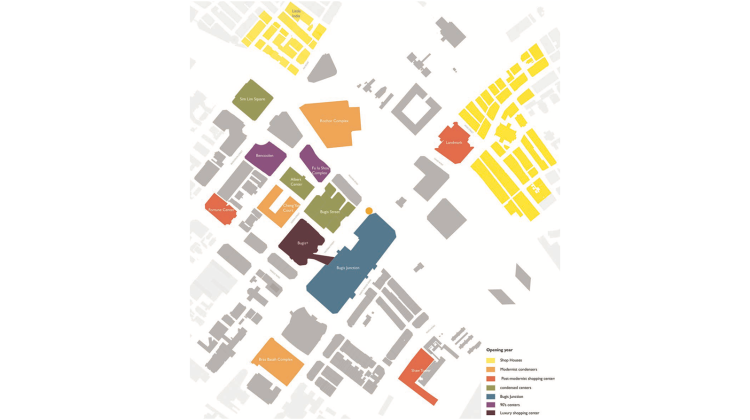
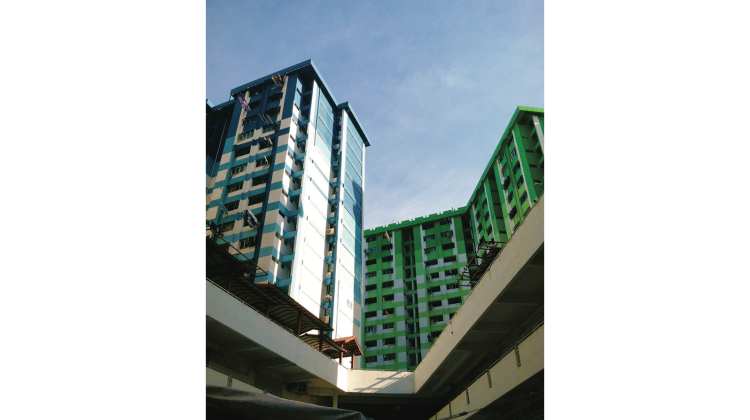
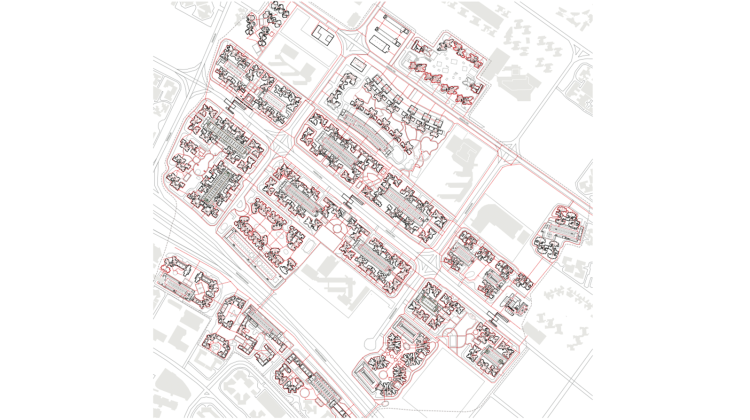
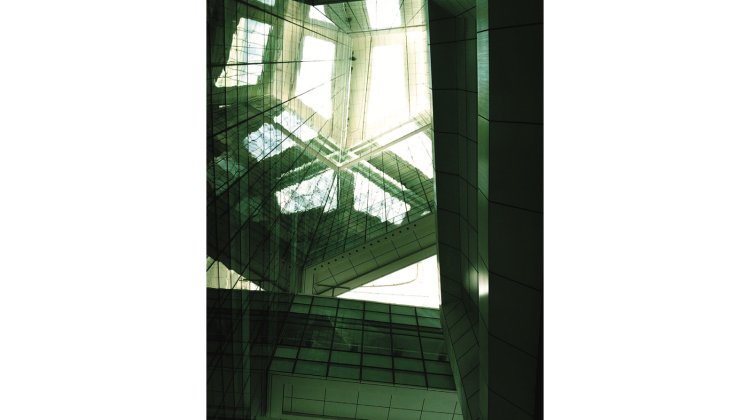
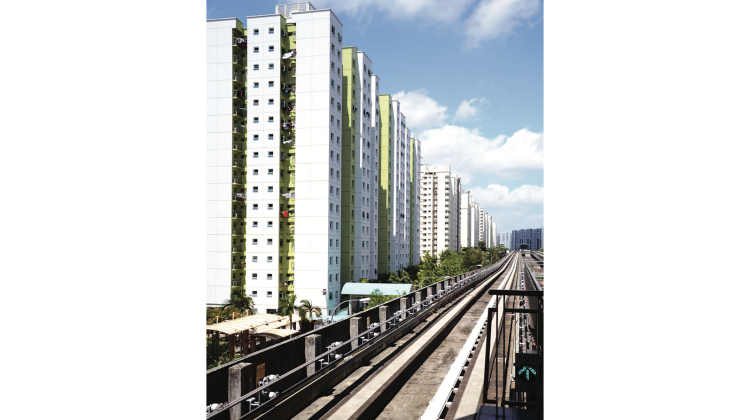
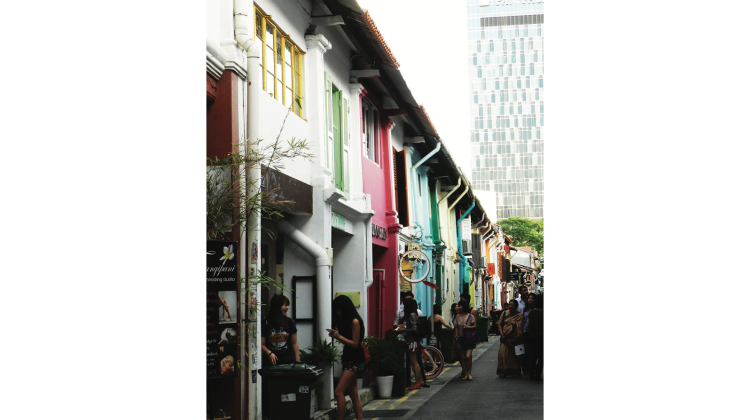
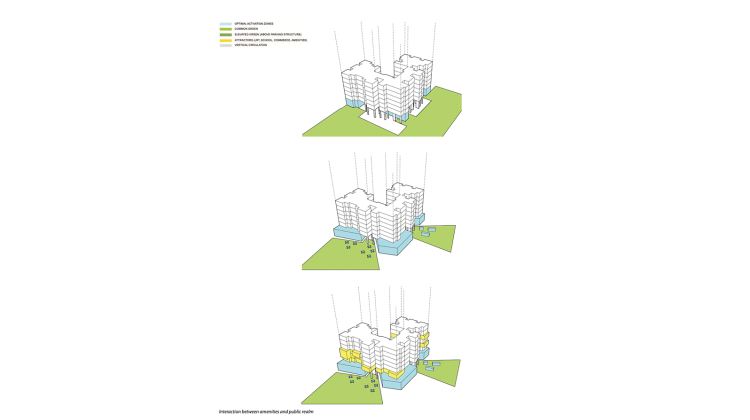
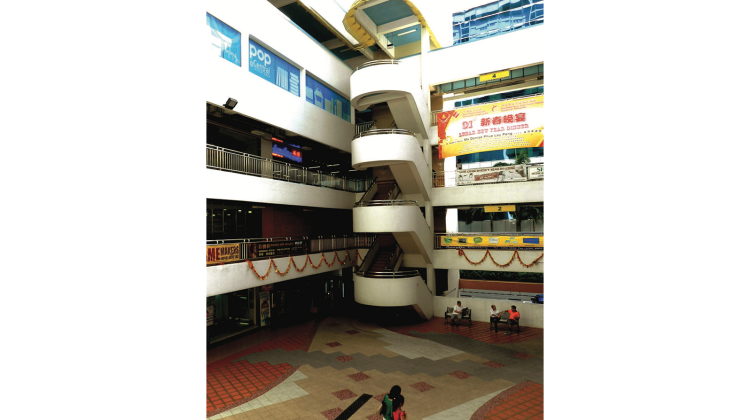
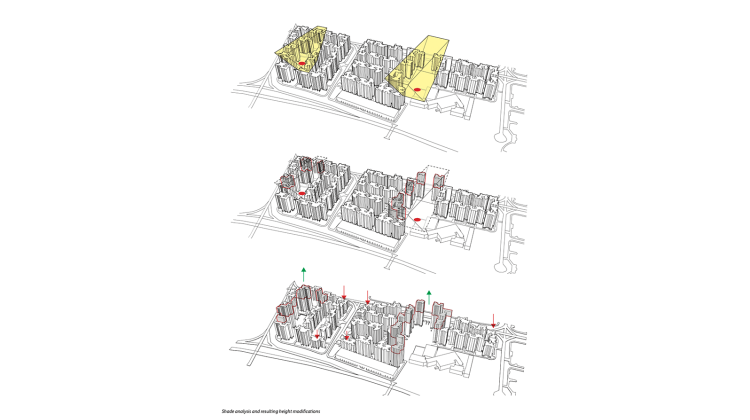


Two sites in the island city-state of Singapore grounded the investigations of the PARAMETRIC URBANISM 2013 Urban Design Ideals and Action workshop in the concrete realities of Singapore’s city fabric. The first site Bugis is located in the island state’s downtown, a historic district composed of highly diverse buildings and streets. It is home to thousands of small shops, eateries, varied service providers and a few larger malls. The area has been largely redeveloped since the 1960s with deep floor plate commercial buildings and a few mixed-use HDB blocks, including Waterloo Center, Rochor Center, Bras Basah Complex and Albert Center. The center point of the workshop study area, the Bugis MRT station, along with numerous bus stops scattered around the site, make Bugis one of the most accessible districts in Singapore, with tens of thousands of visitors attending the various specialty shops, eateries, art centers, and malls of Bugis every day.
Punggol, the second workshop investigation site, is a high-density residential suburb in the north east of Singapore. As one of the newest Housing Development Board (HDB) sites, Punggol is a state-of-the-art HDB new town that already houses over 50,000 inhabitants. Sixteen-story high apartment blocks conceal multi-story car parks in the middle of each block, with ample roof gardens on the garages and myriad well-designed recreational areas between the buildings. Punggol feels dense but also green. Population density is high – around 30,000 people per square kilometer – whereas commercial development is low and concentrated in planned structures around transit stations. Punggol has been coined an ‘eco town’ and a model for other HDB estates to follow.
The workshop utilized two surveys undertaken by the SUTD City Form Lab during the fall of 2012. The data was digitized in GIS, making it possible to analyze and uncover the structuring principals of the sites using computational tools. The data enabled students to describe how the environments are structured, how their activities, places and public spaces connect to each other along a network of pedestrian paths, and to analyze the mix of economic establishments encountered at different locations and on different routes. The two sites offer contrasting but equally necessary examples of contemporary Singaporean city fabric. The contrasting nature of urban forms in Bugis and Punggol, and the processes that govern these forms, allowed the workshop to explore parameters of good city form in both centrally controlled and distributed decision-making environments with equal rigor.


